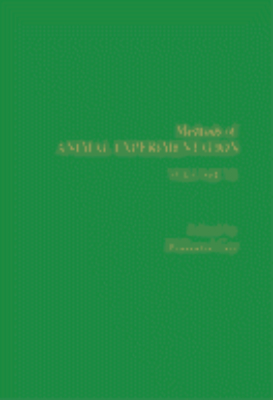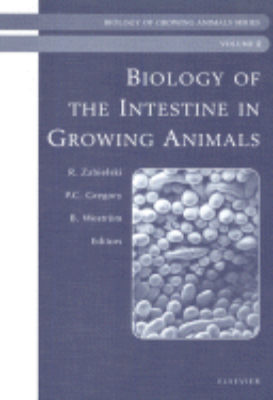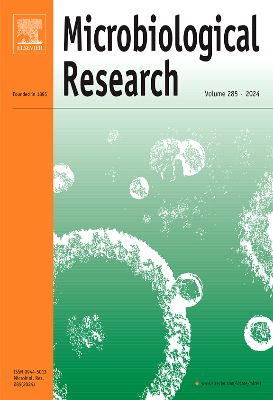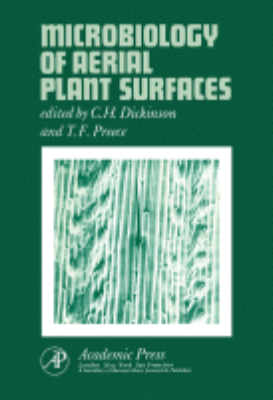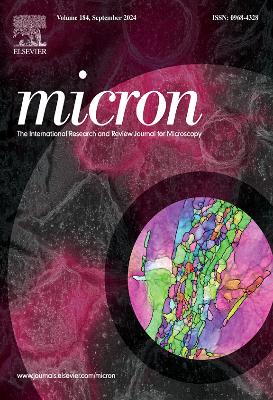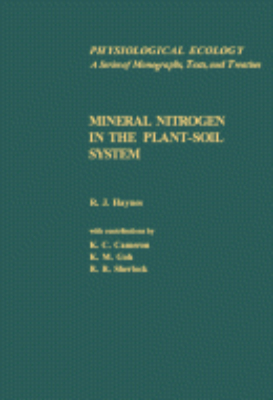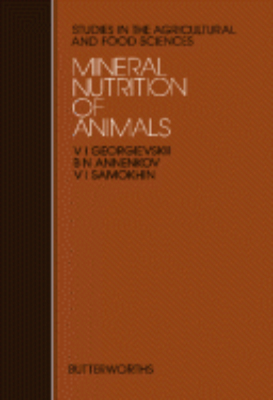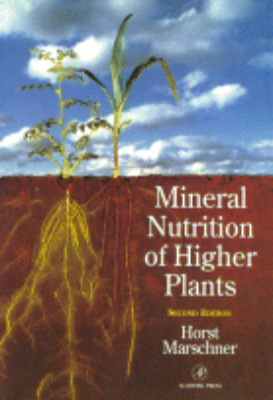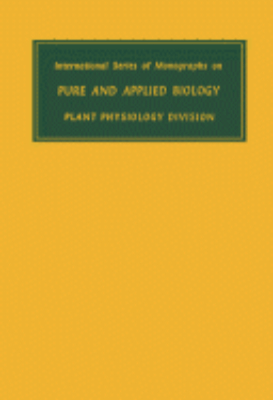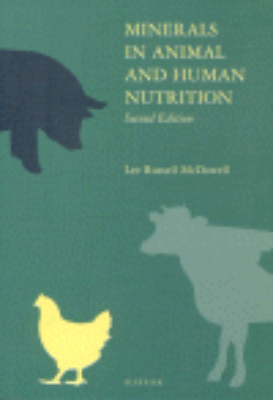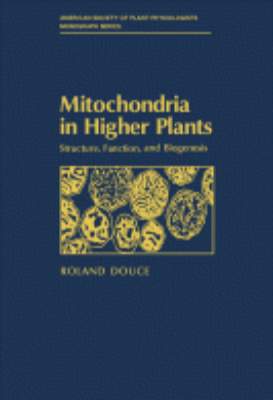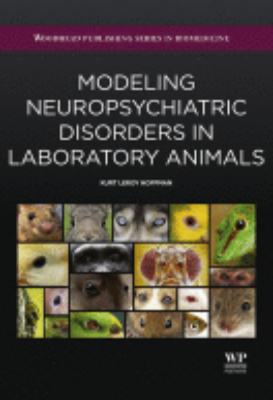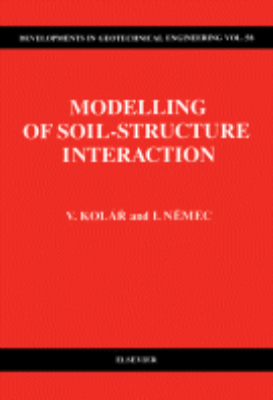E-Resources
Methods and Goals in Human Behavior Genetics
Methods and Goals in Human Behavior Genetics examines trends in behavior genetics research and presents a critical review of methodology. This volume was planned to be of interest to two types of readers. First it provides information for psychologists who are interested in the genetics of personality and ability. Second, it is hoped that the volume will be of some value to geneticists who are desirous of knowing about recent attempts by psychologists to study hereditary factors in human behavior. The contributions to this volume are in some cases similar to papers presented during a meeting held in Louisville where this volume was planned, while the comments following these papers are based on tape recordings of the ensuing discussions. The book opens with a discussion of biochemical genetics and gene action. Separate chapters follow in topics such as application of anthropology to genetics, twin studies, heritability of personality traits, and suggestions for human behavior genetics based on animal studies.
Methods for Plant Molecular Biology
Methods for Plant Molecular Biology is a collection of articles that focuses on the techniques used in plant molecular biology and genetics. The book discusses the isolation and characterization of nuclear, chloroplast, and mitochondrial nucleic acids and the factors and systems involved in transcription and gene expression. Procedures for the isolation of cell walls, chloroplast membranes, membrane proteins; techniques to carry out plant cell culture and protoplast formation; and methods for gene and organelle transfer are covered as well. Biologists, molecular biologists, botanists, and students will find the book very useful.
Methods in Applied Soil Microbiology and Biochemistry
In recent years, rapid technological advances and changes in agricultural management have taken place. These have yielded benefits to society but have also generated new and significant environmental problems. Novel questions and challenges relating to agricultural practice and soil microbial ecology, ecotoxicology, biotechnology, and bioremediation must be addressed. As a consequence, the fields of soil microbiology and biochemistry have been highlighted. This book provides a modern, authoritative, and comprehensive collection of methods for the study of soil microbiology and biochemistry. Classical and modern, aerobic and anerobic, laboratory and field-based methods are presented. Detailed techniques are given, but in addition the theoretical basis behind such methodology is described, so that the origins and principles of the techniques are clear to the reader. Particular emphasis has been placed on uniform, simple, and clear presentation of the different methods. With respect to bioremediation of soils, this work provides a unique bridge between general and applied soil microbiology and biochemistry, presenting an integrated discussion of concepts, theories, and methods. This book will be essential for all scientists and students actively involved in natural and environmental sciences and engineering, and for those working in industry, authorities, and consulting companies.
Methods in Plant Molecular Biology
"Methods in Plant Molecular Biology is a lab manual that introduces students to a diversity of molecular techniques needed for experiments with plant cells. Those included have been perfected and are now presented for the first time in a usable and teachable form. Because the manual integrates protein, RNA, and DNA techniques, it will serve students, teachers, and researchers in plant physiology, biophysics, and animal molecular biology who have no previous experience handling recombinant DNA or purified proteins. It can also be used by the established molecular biologist who wishes to utilize the powerful techniques of recombinant DNA to explore the mysteries of the plant kingdom. Key Features. Eight basic experiments which can be used collectively or individually cover. Recombinant Cloning and Screening in E. coli; DNA Sequencing. Plant RNA Isolation and in Vitro Translations. Plant DNA Isolations and Genomic DNA Southern AnalysisChloroplast Isolation and Protein SynthesisPlant Tissue Culture and Agrobacterium Transformations. Experiments that have been student tested for three years. Blueprints for setting up gel rigs. Comprehensive course schedule outlining individual procedures to be finished in each lab segment. Course can be tailored to suit the needs of the individual instructor"
Methods of Animal Experimentation: Volume IV 1973
Methods of Animal Experimentation, Volume IV focuses on research problems related to animal experimentation, including aging, nutrition, and environmental studies. It summarizes therapeutic implications of animal experimentation methods to human application. Chapter 1 presents an introduction to inhalation chambers including discussions of the types of inhalation tests, inhalation equipment and technology, methods of generation and measurement of contaminants, and some of the specialized techniques available for the pulmonary exposure of animals. Chapter 2 provides practical information about methods and the auditory abilities of animals. Chapter 3 outlines some basic properties of the vertebrate olfactory systems and summarizes selected experimental methods and findings in olfactory research. The concluding chapter describes the use of vertebrate laboratory animals in gustatory research, including some procedures unique to taste research. Research scientists, medical researchers, and olfaction and gustatory experts will find this book invaluable.
Methods of Animal Experimentation: Volume VI 1981
Methods of Animal Experimentation, Volume VI is a compendium of papers that defines which animals will prove most useful in biological experiments using the best methods in an environment of complex technologies and therapies. One paper reviews the genetic methods in animal experimentation including tests of Mendelian ratios, chromosomes crossing-over, chromosome anomalies, and gene transfer that produces congenic strains. Another paper explains the concepts and methodologies used in animals in ophthalmic research, particularly in ocular pharmacology, aqueous humor dynamics, glaucoma, and animal models of non-infectious uveitis. One paper analyzes the neural mechanisms of pain in an intact nervous system following ethical and moral principles of human treatment. For example, the use of different stimuli to elicit pain is applied only in situations where the stimuli is more appropriate, whether in behavioral or physiological experiments. The paper provides a list of requirements for the ideal pain stimulus. Another paper describes the methods in using standard animal models when an unknown agent is to be given as a general or local anesthesia. This book can prove beneficial to researchers, scientists, and laboratory technicians dealing with animals in relation to pharmacological, biological, chemical, and physiological research.
Microbial Safety of Fishery Products
Microbial Safety of Fishery Products discusses the many aspects of the safety of marine products from a microbiological and toxicological standpoint. This book emphasizes the objectives and requirements for the marketing of safe and wholesome fish and fishery products; status of the sanitary quality of fishery products in the Western Hemisphere; and fishery resources of the Caribbean and their potential. The microbiological considerations in the handling and processing of molluskan shellfish; microbiology of prepared and precooked fishery products; and some toxins occurring naturally in marine organisms are also elaborated. This text likewise covers the enteric pathogens in estuary waters and shellfish; control of prepared fishery products in industry; and aflatoxins as contaminants of feeds, fish, and foods. This publication is a good reference for food scientist and nutritionists researching on the sanitary quality of fishery products.
Microbiology of Aerial Plant Surfaces
Microbiology of Aerial Plant Surfaces is composed of papers presented at a meeting held at the University of Leeds in September, 1975. The content covers progress in work on the aerial surfaces of plants during the years 1970-1975. Organized into 31 chapters, the book begins with the aspects of the structure and development of the aerial surfaces of higher plants. It then elucidates some effects of fungicides and other agrochemicals on the microbiology of the aerial surfaces of plants; effects of air pollution on the structure and function of plant-surface microbial ecosystems; and the aerial microclimate around plant surfaces. Some other topics discussed include the taxonomy of bacteria on the aerial parts of plants; fungi on the aerial surfaces of higher plants; and distribution of yeasts and yeast-like organisms on aerial surfaces of developing apples and grapes. Furthermore, the book explains the saprophytes on plant surfaces in maritime areas and antagonism between fungal saprophytes and pathogens on aerial plant surfaces.
Mineral Nitrogen in the Plant-Soil System
Mineral Nitrogen in the Plant-Soil System provides integrated accounts of the transformations and fate of mineral nitrogen in the plant-soil system. This book emphasizes the understanding of various processes and the factors that affect these processes. It also focuses on the role of biological nitrogen fixation in nitrogen cycling in natural and agricultural systems. The book is divided into seven major chapters and each chapter is further subdivided into various subtopics. The first chapter introduces and outlines the origin, distribution, and cycling of nitrogen in natural and agricultural terrestrial ecosystems. Chapter 2 focuses on the processes of decomposition and mineralization-immobilization turnover. The processes of nitrification are discussed in detail in Chapter 3. The following four chapters discuss topics of retention and movement of nitrogen in soils; gaseous losses of nitrogen; uptake and assimilation of mineral nitrogen by plants; and lastly, the use of nitrogen in agronomic practice. The book will be invaluable to graduate students and researchers in the field of agriculture. This will also cater other parties interested, such as agronomists, soil scientists, plant physiologists, horticulturists, and foresters.
Mineral Nutrition of Animals
Mineral Nutrition of Animals reviews the research on the mineral nutrition of animals. This book explores the biological function and metabolism of minerals in the body, as well as mineral feeding of various species of farm animals. Topics range from water metabolism and mineral composition of feeds to the physiological role of macroelements such as calcium and potassium and microelements such as iron and copper. This text is comprised of 16 chapters; the first of which provides a historical overview of the science of mineral feeding of animals; mineral elements and their function in animal nutrition; and mineral feeding of animals under industrial conditions. The chapters that follow present general information on minerals, describe the link between biogeochemical regions and biochemical ecology, and analyze the factors affecting the mineral composition of animals' bodies. The reader is also introduced to water metabolism and the water requirements of animals; the metabolism of minerals absorbed into the digestive tract; and the kinetics of mineral metabolism in the blood, organs, and tissues. The next section is devoted to mineral feeding of various species of farm animals such as cattle, sheep, pigs, and poultry. This text concludes by looking at methods of controlling the adequacy of farm animals' mineral diet. This book will be of interest to students and practitioners in agriculture and food science.
Mineral Salts Absorption in Plants
Mineral Salts Absorption in Plants details the contemporary knowledge regarding the mineral salt absorption mechanisms of plants. The title first covers the history of mineral salt absorption in plants, and then proceeds to tackling the experimental materials and methods. Next, the selection discusses the mechanisms of ion transport. Chapter 4 deals with the factors affecting salt absorption, while Chapter 5 talks about salt absorption and metabolisms. In the sixth chapter, the text covers the structural aspects of salt absorption in cells. The seventh chapter discusses the salts relations of vascular plants. The selection also talks about the soil as a source of mineral salts, along with salt tolerance. The book will be of great use to botanists and horticulturists. Students and researchers in the field of mineral nutrition will also benefit from the text.
Minerals in Animal and Human Nutrition
This comprehensive textbook and reference manual presents concise, up-to-date information on mineral nutrition for livestock and poultry, as well as comparative aspects with laboratory animals and humans. Chapters are organized by established and most common minerals, and present information on each mineral's history, properties, distribution, and natural sources, as well as their requirements, metabolism, functions, deficiencies, supplementation methods, and toxicity for various animals. Those minerals for which naturally occurring deficiencies or excesses are known to be of economic importance are emphasized. A unique feature of this book is the description of the practical implications of mineral deficiencies and excesses, and of the conditions that might result. A large number of classic photographs illustrate mineral deficiencies and toxicities in farm livestock, laboratory animals and humans. Furthermore, it places strong emphasis on mineral supplementation in each chapter, and devotes an entire chapter to this subject.
Mitochondria in Higher Plants
Mitochondria in Higher Plants: Structure, Function, and Biogenesis is a collection and interpretation of information on plant mitochondria. It explains not only the basic enzymology of ATP synthesis coupled to electron transport that seems to constitute the major activity of the mitochondria, but also many other aspects that make plant mitochondria rather more diverse than their animal counterparts. Organized into five chapters, this book begins with the morphological and cytological observations on mitochondria, and proceeding through membrane and matrix functions to participation in metabolism and biogenesis. Each section presents the unique properties of plant mitochondria within the framework of general mitochondrial structure and function. This book is intended not only for research workers and students interested in the enzymology of plant mitochondria respiration, but also for graduate and undergraduate students in the field of plant biochemistry, cell physiology, and molecular biology. It will be useful as a starting point for those students wishing to pursue special studies in this field.
Modeling Neuropsychiatric disorders in laboratory animals
"Modeling Neuropsychiatric Disorders in Laboratory Animals serves as a guide for students and basic investigators in the fields of behavioral sciences, psychology, neuroscience, psychiatry, and other professionals interested in the use of animal models in preclinical research related to human neuropsychiatric disorders. The text focuses on the rationale and theory of using animal behavior, both pathological and normal, as a tool for understanding the neural underpinnings of neuropsychiatric disorders. Chapters contain discussions on both classical and modern views on the validation of animal models for neuropsychiatric disorders, also discussing the utility of endophenotypes in modeling neuropsychiatric disease. Subsequent chapters deal with four specific classes of disorders, including anxiety disorders, depressive disorders, obsessive-compulsive and related disorders. Final sections discuss the future for the development, validation, and use of animal models in basic and preclinical research. Key Features. Focuses on the rationale and theory of using animal behavior, both pathological and normal, as a tool for understanding the neural underpinnings of neuropsychiatric disorders. Serves as a guide for students and basic investigators in the fields of behavioral sciences, psychology, neuroscience, psychiatry, and other professionals. Discusses specific classes of disorders, including anxiety disorders, depressive disorders, obsessive-compulsive and related disorders"
Modern Approaches to Animal Cell Technology
Modern Approaches to Animal Cell Technology is a collection of papers presented at the 1987 joint European Society for Animal Cell Technology-OHOLO conference held in Tiberias, Israel. Contributors explore modern approaches to animal cell technology and discuss the construction of the animal cell substrate, the physiology of those cells in a bioreactor type of environment, and the ways in which different products can be made from animal cells in culture and tested. This book is comprised of 59 chapters divided into nine sections and begins by outlining the history of issues and decisions that were made regarding the acceptability of various cell substrates, along with the use of continuous cell lines in biotechnology. The next chapter explores the feasibility, reproducibility, and the sensitivity of the dot-blot filter hybridization test to detect minute amounts of residual cellular DNA. The reader is then introduced to cells and cell lines such as monoclonal antibodies; cell growth and development; physiology of cells; and the use of bioreactors for culturing animal cells. Downstream unit processes, vaccines, immune system products, and toxicity testing with animal cells are also considered. This monograph will be a valuable resource for animal-cell technologists, biotechnologists, and microbiologists.









